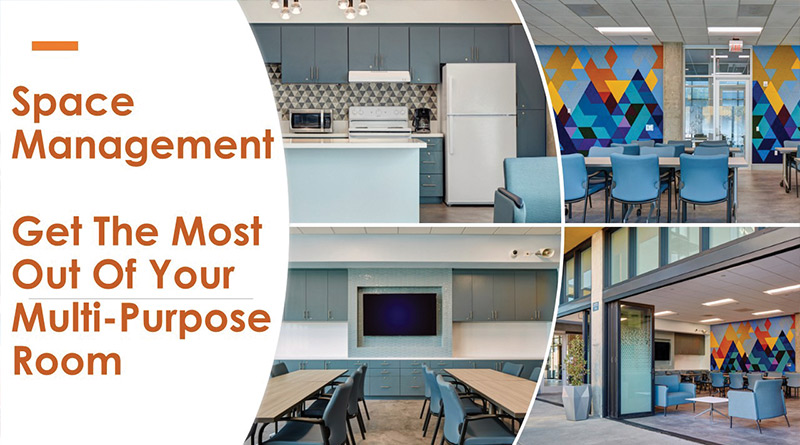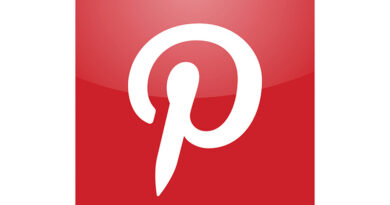Getting the Most of the Multi-Purpose Room
It’s Not the Lobby
What can you do with that extra space at your resort? You know, the one. It’s not the lobby, but it is kind of like another lounge. Sometimes guests know about it, but most of the time they are surprised when it is pointed out. If you know exactly what area this is at your resort and you have always thought there was more potential for the room, you are right!
The multi-purpose room, when executed well, can boom with life, laughter, and memory making. It can host indoor recreation and amenities that give owners something to brag about to their friends. Specialty amenities in the multi-purpose room can create a new revenue stream for your resort and set it apart from the competition.
Related: Who treats you like Royalty? The Concierge
Oh, the Possibilities
One of the reasons your resort isn’t getting the most out of its multi-purpose room is: the purpose (or purposes) are unclear. There are loads of activities to be experienced in an indoor recreation space, but if it is not clear what the intention is, it will be underutilized. That’s where programming comes into play. The Programming process in Interior Design is the time to gather all information about the project needs and issues to be addressed, goals, and what is required in the finish space from square footage, equipment, and furniture.
Decisions need to be made to define what you want to offer your guests. And the best way to figure this out is to get to know your primary demographic and/or targeted demographic – which may be different from one another. If that is the case, you will need to decide who you are designing this space for – is it families, seniors, solo travelers, or couples. Though it is tempting to stay open, the more specific you can be, the more successful your design will be. For example, if you are designing for families, a multi-purpose room for families with young children will look a lot different than a multi-purpose room serving families with teens.
Another way to approach the design of your indoor amenities is to design for macrotrends in society instead of a specific demographic. In the April issue of Resort Trades, my article discussed these trends. Capitalizing on one macro-trend can take your multi-purpose room into a wholly different and defined space, such as a communal workspace or a focused mental health and wellness center. Either way, knowing who you are designing for whittles down endless choices into manageable decisions.
Give me some Ideas!
Activity options abound for your multi-purpose room, both as organized and spontaneous events. Hosting seminars is not just for the business traveler, they are an opportunity to bring local cultural experiences to guests. Experts in local history or wildlife are a draw for some populations. While dance and yoga classes can keep guests energized. Cooking classes and beer or wine tastings appeal to locals and travelers alike. When you open your doors and events to the public, your guests get an authentic and memorable experience of your uniquely desirable location.
Your standard table games are classics for a reason – billiards, ping pong, foosball, shuffleboard, darts, and a poker table are all great choices for bringing people together and making friends out of strangers. To keep your space truly flexible, opt for board games, puzzles, and cards that don’t require dedicated square footage. Or think outside of the box and bring something unique to your resort, like a few indoor bowling lanes or a putting green. If your resort prides itself on being family friendly, consider an indoor play structure. Installing a few massage chairs in your multi-purpose room can also be a thoughtful way to care for your guests, especially on arrival after a long day of travel.
Santa’s Village: A Case Study in Master Planning A Dream Resort
Key Components
For a large multi-purpose room intended for a wide range of activities, zoning is key. Assigning space for desired activities and including a few key features help the space to flex in as many ways as possible. Including a kitchen, built-in bar, or a snacking area is a sure way to augment the variety of events to be held in the space. Maintaining open space and providing built-in storage are essential to keeping your options malleable. The rest of the components in the room such as art and furniture selections – even the walls – can all serve multiple purposes.
Wall surfaces can be treated in multi-functional ways, such as an artistic application of acoustic tiles, or wall covering that is also a writable surface that triples as a surface for projecting movies. When it comes to keeping furniture flexible, look for stacking options in chairs and tables. Even the wall art can be interactive, like a giant wall mounted scrabble game. Remember to treat your windows with black out shades for those movie nights. And on the flip side, the more types of lighting you can offer the better, such as mood, overhead, reading, and natural light.
Related: Seeing Red: The history, symbol, and use of the color red
It may seem like a hard balance to strike, but it CAN be done – especially when you bring the right design team on board. The effort will pay off – making your location even more desirable for your owners and returning guests. And the added benefit of a ‘poppin’ on site attraction means easy access to loads of content for unique marketing campaigns.
Margit E. Whitlock is Principal and Creative Director for Architecture and Interior Design at Architectural Concepts Inc., a San Diego, CA based Architectural and Interior Design Firm specializing in hospitality design. She is an accomplished speaker and frequently published in magazines such as Developments, Resort Trades, Hotel Business, Hiatus, Vacation Industry Review and Resort Management and Operations. You can reach Margit here: Margit@4designs.com / www.4designs.com



